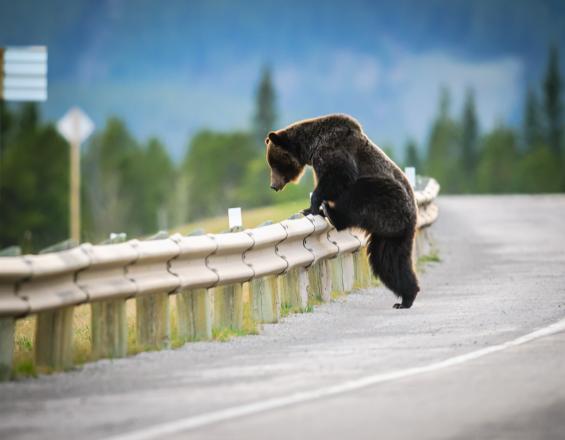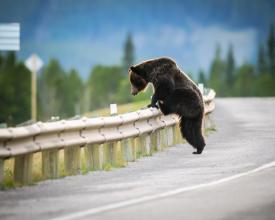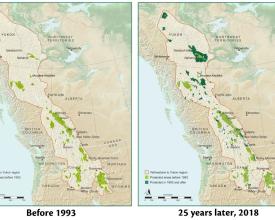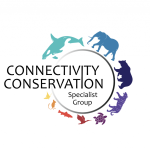Yellowstone to Yukon (Y2Y): Connecting and protecting one the of the most intact mountain ecosystems

Since 1993, a joint Canada–US not-for-profit organisation, the Yellowstone to Yukon Conservation Initiative, has brought partners together to achieve a vision of connecting and protecting the region so that people and nature can thrive. More than 400 different entities have been or currently are engaged in collaborative conservation that advances the vision across this ecological network. These include conservation groups, local landowners, Indigenous entities, businesses, government agencies, funders and donors, and scientists. Conservation progress across the Y2Y region is due to the collective work of these different groups. Conservation priorities range from protecting areas important for biodiversity and restoring and maintaining areas between protected areas for ecological connectivity, to directing development away from areas of biological importance and promoting policies and practices for people and wildlife to live in harmony across the region.
Impacts
Progress toward protecting a regional ecological network is being made. Protected areas increased more than 50% across the Y2Y region, and a number of ecological corridors and other areas conserving connectivity have been identified, restored and/or maintained between protected areas. Likewise, conservation projects have multiplied across the region to significantly decrease human–wildlife conflicts. Some animals, such as grizzly bears and wolves (Canis lupus) in the lower 48 US states, have increased in number and range, but significant conservation remains to be done, as other animals such as mountain caribou have continued to decline in numbers across the region.



